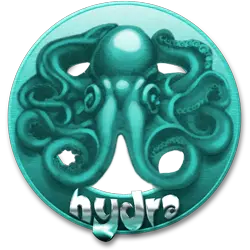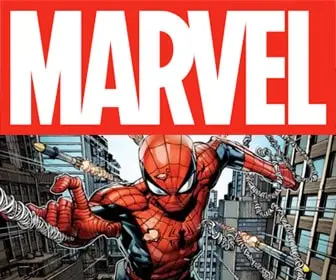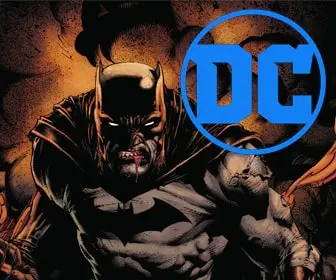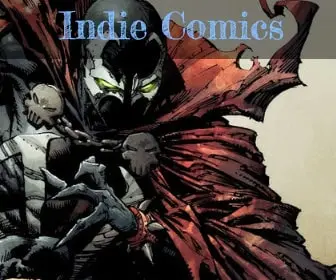
Exploring the World of Korean Manhwa
Korean manhwa has gained global popularity in recent years. These comics have unique stories, beautiful artwork, and a style that blends influences from both manga and Western comics. Manhwa has a long history and continues to grow, reaching readers across the world through webtoons and print publications.
What Is Manhwa?
Manhwa is the Korean term for comic books and graphic novels. It shares similarities with Japanese manga and Chinese manhua, but it has its own identity. Artists and writers create manhwa in various genres, from action and fantasy to romance and horror.
One of the biggest differences between manhwa and manga is the way they are read. Manhwa follows a left-to-right reading format, just like Western comics. This makes it easier for international readers to enjoy without major adjustments. Many modern manhwa are published online as webtoons, which scroll vertically instead of being read in traditional pages.
The History of Manhwa
Manhwa dates back to the early 20th century. Korean artists began drawing political cartoons and short comics in newspapers. These early works focused on social issues and humor.
During the Japanese occupation of Korea (1910–1945), Japanese manga influenced Korean comics. After World War II, manhwa developed a unique style. Artists experimented with different storytelling techniques, and manhwa became a popular form of entertainment.
In the 1950s and 1960s, manhwa expanded into adventure, romance, and fantasy genres. The stories reflected Korean culture and history, making them distinct from Japanese and Western comics. However, government censorship limited the themes and topics that artists could explore.
The 1980s and 1990s brought a major shift. Manhwa grew in popularity, and new publishers emerged. Artists gained more freedom to create diverse stories. By the early 2000s, digital platforms began changing the industry. Webtoons made manhwa easier to access, and readers no longer needed to buy physical copies.
The Rise of Webtoons
Webtoons revolutionized manhwa. Unlike traditional comic books, webtoons are designed for digital reading. Readers scroll down instead of flipping pages, making the experience smooth on smartphones and tablets.
Naver Webtoon (known as LINE Webtoon outside Korea) and KakaoPage became major platforms for webtoons. These sites allowed creators to reach millions of readers worldwide. Many webtoons gained international success, leading to translations in multiple languages.
Popular webtoons such as Tower of God, Solo Leveling, and The God of High School attracted global attention. Some even received anime adaptations, further increasing their popularity.
Genres in Manhwa
Manhwa covers a wide range of genres, offering something for every reader.
- Action and Adventure: Many action-packed manhwa feature powerful protagonists and epic battles. Stories like Solo Leveling and Tower of God follow heroes who grow stronger over time.
- Fantasy and Supernatural: Manhwa often explores magical worlds, gods, and mythical creatures. Series like The God of High School mix martial arts with supernatural powers.
- Romance and Drama: Romance manhwa attracts many readers with its emotional storytelling. Webtoons like True Beauty and Cheese in the Trap focus on relationships, personal struggles, and character growth.
- Horror and Thriller: Dark and suspenseful manhwa keep readers on the edge of their seats. Stories like Sweet Home combine psychological horror with intense action.
- Comedy and Slice of Life: Some manhwa focus on humor and everyday experiences. The Sound of Your Heart is a popular example, using exaggerated comedy to entertain readers.
How Manhwa Stands Out
Manhwa has unique qualities that make it different from manga and Western comics.
- Colorful Artwork: Many webtoons use full-color illustrations, unlike manga, which is usually in black and white.
- Vertical Scrolling: The webtoon format allows smooth storytelling without panel breaks, making it easier to read.
- Diverse Stories: Manhwa explores a wide range of themes, appealing to all kinds of readers.
- Frequent Updates: Many webtoons release new episodes weekly, keeping fans engaged.
Manhwa’s Influence on Global Pop Culture
Manhwa has inspired movies, TV shows, and anime adaptations. For example, Sweet Home became a hit Netflix series, and Tower of God received an anime adaptation. These adaptations introduce manhwa to a wider audience.
The success of manhwa has also influenced Western comics and graphic novels. More publishers now look to Korea for fresh ideas and collaborations. Webtoon partnerships with Marvel and DC Comics have brought new projects that mix Korean storytelling with Western superheroes.
The Future of Manhwa
Manhwa continues to grow, with more creators gaining recognition worldwide. Digital platforms make it easier than ever to discover new stories. As technology improves, webtoons may introduce interactive features, animations, and even virtual reality experiences.
With its strong storytelling and vibrant art, manhwa will remain a powerful force in the comic book industry. Fans can look forward to more exciting stories, adaptations, and creative innovations in the years to come.
Whether readers enjoy action, romance, or horror, manhwa offers something for everyone. Its impact on pop culture will only continue to expand as more people explore this amazing world of storytelling.












